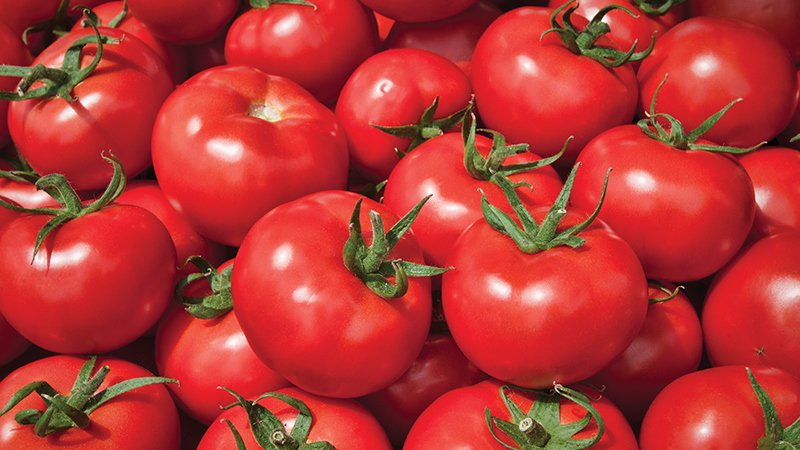Managing Walnuts’ Springtime Recovery From Winter Freeze Damage
Starting on Dec. 4, 2013 and continuing for several days throughout the month, many areas in the Sacramento Valley sustained freezing temperatures at 25 degrees or much colder.
There are many factors that will affect the cold hardiness and the temperatures a walnut tree can withstand when a freeze event occurs, including hardening against low temperature, moisture level in root zone, tree age and stress level, according to Janine Hasey, University of California Cooperative Extension Farm Advisor, Sutter/Yuba/Colusa Counties.
Using the Verona CIMIS weather station, there were only a few days of temperatures just below 32 degrees that preceded the really low freezing temperatures. Some young walnut trees may not have been sufficiently hardened off nor had adequate soil moisture to withstand low temperatures, particularly if they were dry from lack of rainfall or irrigation. Fortunately, Hasey has seen only limited winter freeze damage this spring.
What does winter freeze damage look like in spring? Buds may be slow to break or may fail to break altogether. Winter kill acts like severe pruning in cases where branches or the young trunk dies; vigorous shoots grow from below the damaged area. Sunburn often accompanies the cold damage, increasing the amount of injury. Sunburn can occur during the winter months on damaged tissue especially on the southwest side of unpainted trunks or limbs.
If you suspect cold damage:
■ Do NOT prune out the damaged limbs. The buds may be slow in opening or buds from deep in the bark may grow to rejuvenate the limb.
■ Damaged tissue that was not whitewashed last December should be painted now to protect against further sunburn damage.
■ In the late summer, prune out the dead wood that did not revive. New scaffolds that grew can be trained to replace the damaged wood.
Reduce or delay spring fertilizer applications where cold damage is evident.
Here is more information and photos, and here is more information about managing young trees to avoid freeze damage.
Source: Janine Hasey, University of California Cooperative Extension









